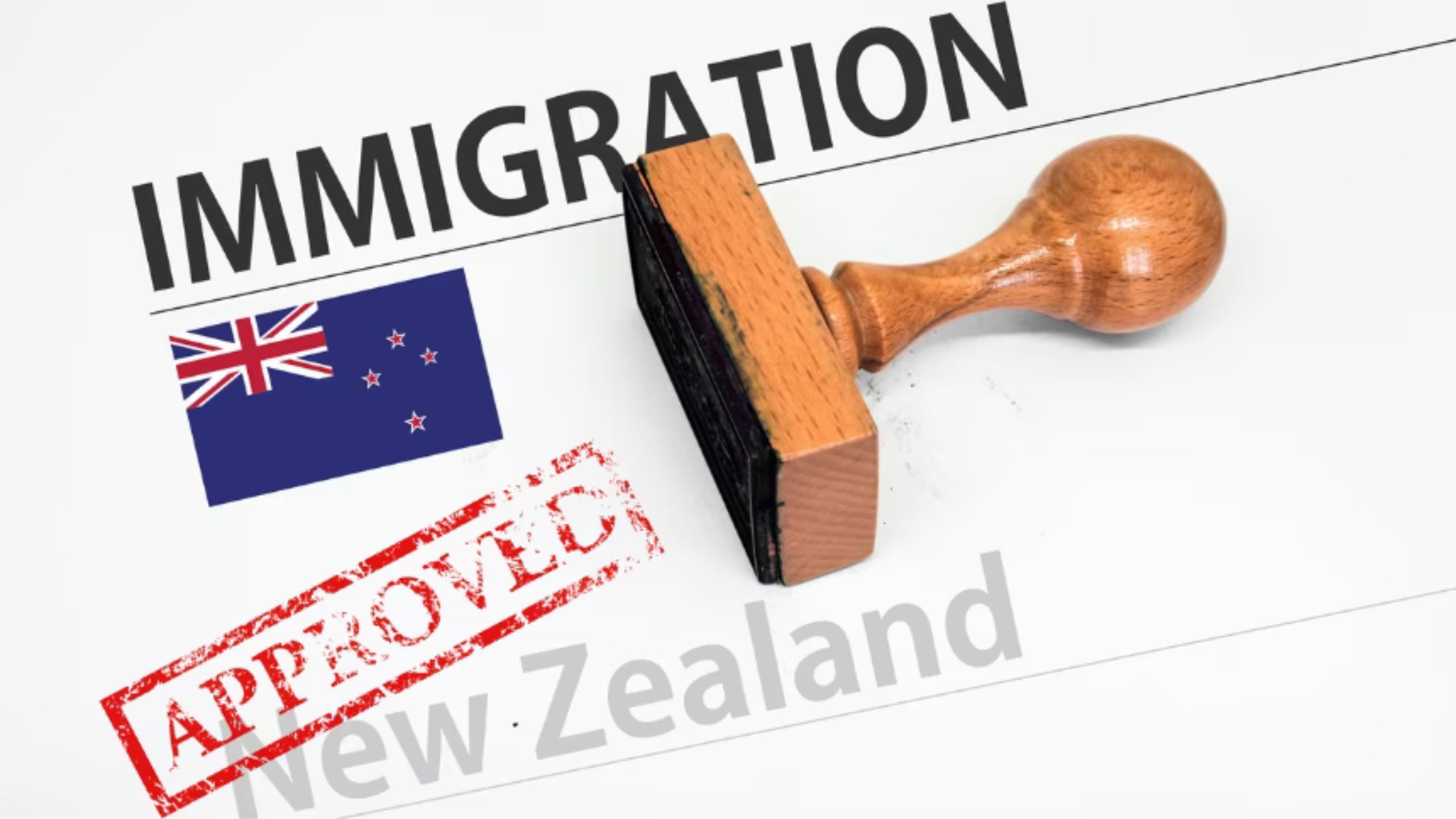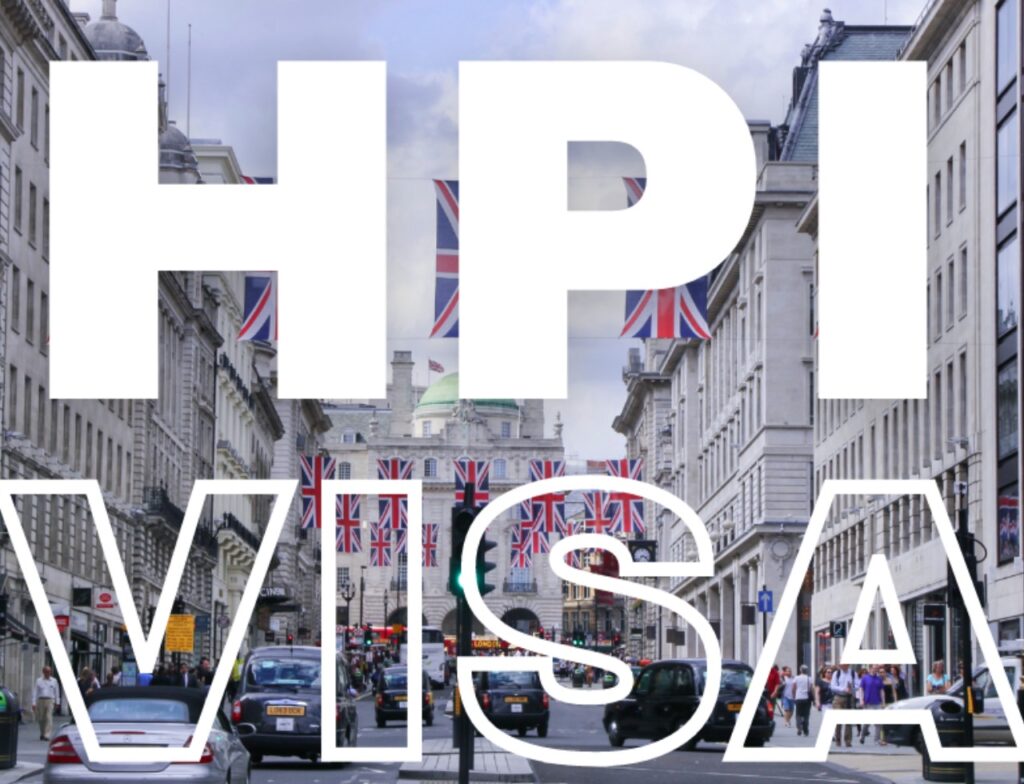The New Zealand Government had reportedly effected an augmentation in visa fees in what is its biggest revamp of immigration policies, with changes set to happen from October 1, 2024. The move in changes happening to most of the visatype is considering meeting the cost of application processing, intending to offer value to the visa user. As student visa fees are increasing, the fees for post-study jobseekers’ visas are being cut, and in tandem with this change in visa fees, new steps are being introduced to give absolute priority to local workers and regulate employment of migrant workers.
From 1 October 2024, the fees for most visa categories in New Zealand will increase. The largest increase will be to student visa fees, notably for those from countries in what is referred to as Band C—most countries outside the Pacific. The new fee in this category for a student visa will go up to NZD 485, as against the old fee of NZD 300. This is quite significant, drawing closer to the average processing cost for such visas.
It will also reduce the application fee for the post-study work visa from the current NZD 490 to NZD 320. However, the decrease in the application fee is offset by a high percentage increase in the immigration levy for visas under the category, which will shoot up drastically from NZD 210 to NZD 1350. There is also an increase in student visa levy from NZD 95 to NZD 265, adding to the overall cost for foreign students.
AEWV—Accredited Employer Work Visa changes
Another critical visa category for temporary workers in New Zealand, which is the accredited employer work visa (AEWV), will also be revised. The application fee for AEWV will be reduced marginally from NZD 540 to NZD 480; however, the immigration levy associated with the visa is set to more than quintuple, from NZD 210 to NZD 1060.
To add to the list of fee hikes, the New Zealand Government has put in place new regulations that will see locals given first priority for employment opportunities over migrants. To facilitate this, all employers seeking to employ migrants in low-skilled positions, according to the ANZSCO (Australian and New Zealand Standard Classification of Occupations) categorisation at levels 4 and 5, have been placed under obligation to consult Work and Income before being able to employ any foreign worker. This would confirm that employers are actually in a labour shortage situation and address the matter through hiring migrants.
In addition, migrants who are looking to play low-skilled jobs are introduced to new requirements for English communication. For most AEWV jobs, a minimum skill and work experience threshold will be established, which will add another layer of regulation to the hiring process.
Impact on Migrants and Employers
This is a significant change in New Zealand’s immigration policy regarding balancing the needs of the local workforce vis-à-vis the demand for skilled migrants. The increased costs and other requirements could further put it off, especially for some classes of migrants moving into the New Zealand workforce, particularly in the lower-skilled jobs. The new criteria for post-study work are seen as a burden primarily shouldered by international students in New Zealand instead of in Australia or the United Kingdom, where visa fees are comparably more expensive.
While the increased visa costs will be a financial burden on most international students, the decrease in its post-study work visa fees will have a bright side for those who would like to further work after finishing up in New Zealand.
With the current and future changes in immigration policy, New Zealand is further pressed to ensure that not only the prospective migrants are informed but also the employers of these evolving procedures being made.





